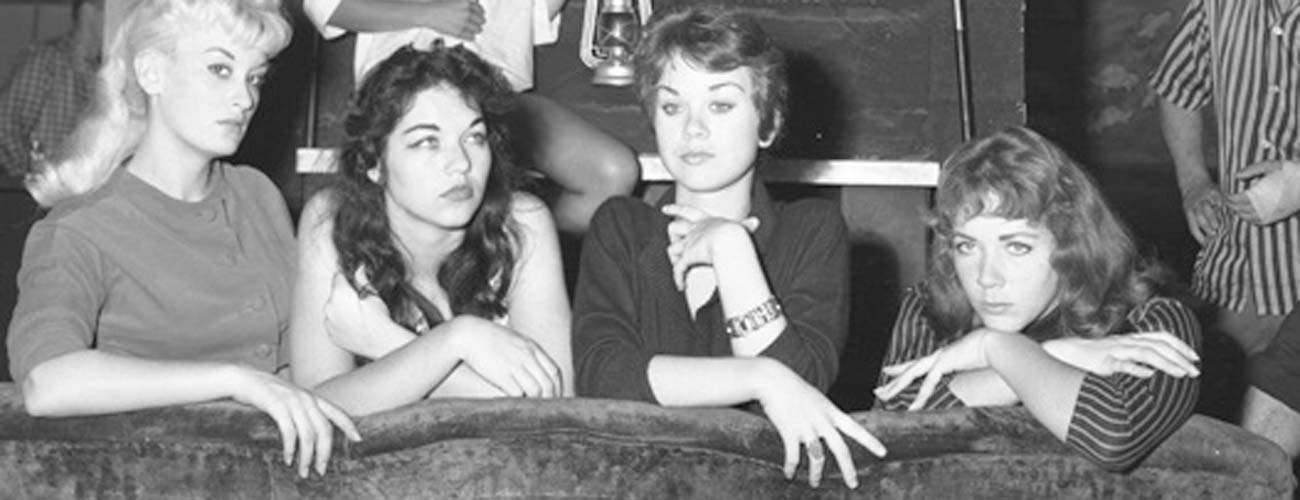Watch what happens to the images in your head with these descriptions:
He’s hip.
He’s a hippie.
He’s a hipster.
Notice how the person you were picturing changed, from beatnik cool to counterculture peacenik, to … what? Someone in ironic jeans? A young, self-aware artistic type scrambling to get the latest trendy pastry before the rest of the world (or I) heard about it?
This is how language changes with time.
No one knows how the word “hip” became associated with cool cats, though The Oxford English Dictionary traces it to in the United States in 1904. (Please don’t write to say the term comes from the Wolof language in Africa; that theory has been thoroughly debunked.) For a definition, the OED refers readers to “hep,” first used in 1908 and meaning “Well-informed, knowledgeable, ‘wiseto,’ up-to-date; smart, stylish.” The first use of “hipster,” in 1941, the OED says, referred to “One who is ‘hip’; a hip- (or hep-)cat.”
While those words could be used to define today’s “hipster,” it doesn’t sound very, um, cool in modern terms. To be fair, though, those OED definitions have not been updated since 1976.
But in 1958, the OED says, along came “hippie,” derived from “hip” but meaning “a person, usually exotically dressed, who is, or is taken to be, given to the use of hallucinogenic drugs; a beatnik.”
The image of a “hip” person is mostly positive, though the “beatniks” were often seen as being on the fringes of “hip.” But calling someone a “hippie” was not considered a compliment, because it implied slovenly, iconoclastic behavior.
The definition of “hippie” is about as far away from “hipster” as one could get, except maybe for the exotic clothes (vintage, distressed clothing and combat boots) and the use of hallucinogenic drugs (Molly, anyone?).
Referring to the Urban Dictionary, that bastion of hip, for a definition of “hipster” is not much help: “Hipsters are a subculture of men and women typically in their 20’s and 30’s that value independent thinking, counter-culture, progressive politics, an appreciation of art and indie-rock, creativity, intelligence, and witty banter.”
Wow, what a flashback to the ’60s and ’70s, when twentysomethings protested “the man,” loved Andy Warhol and the Beatles, and listened to the repartee of Firesign Theater and Rowan & Martin’s Laugh-In.
Far out, man! Maybe there’s not such a difference between “hippies” and “hipsters” after all.
All the “hip” people want to be outside the mainstream, to criticize, disdain, or otherwise reject what “society” wants. And all eventually attract so many people that they suddenly find themselves on the inside. When zazzle.com lists more than 30,000 “hipster” clothing items, maybe they’re no longer “hip.”
In fact, in June, The Guardian all but declared “hipsterism” to be dead: “What was once an umbrella term for a counter-culture tribe of young creative types,” Morwenna Ferrier wrote, has “morphed into a pejorative term for people who looked, lived and acted a certain way.”
So what’s next? Hipishness? Protohipism? Doesn’t matter. Just remember what your mother told you: “Sticks and stones can break your bones, but names can never hurt you.”
Merrill Perlman managed copy desks across the newsroom at the New York Times, where she worked for twenty-five years. Follow her on Twitter at @meperl.

